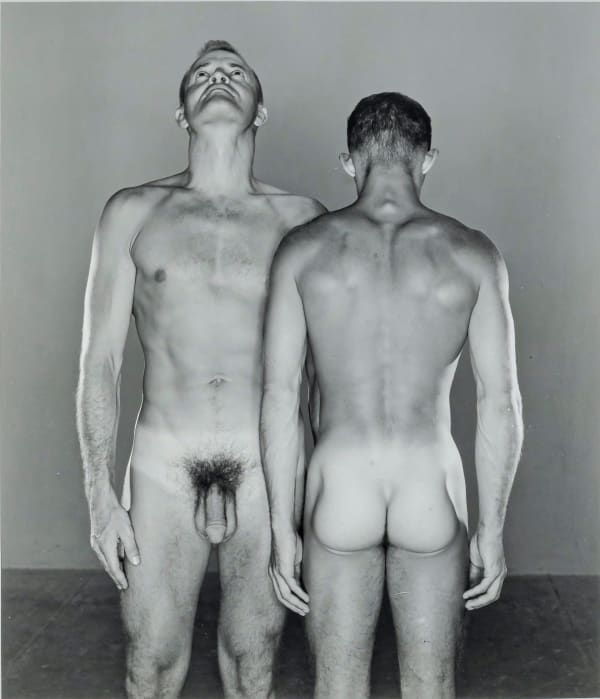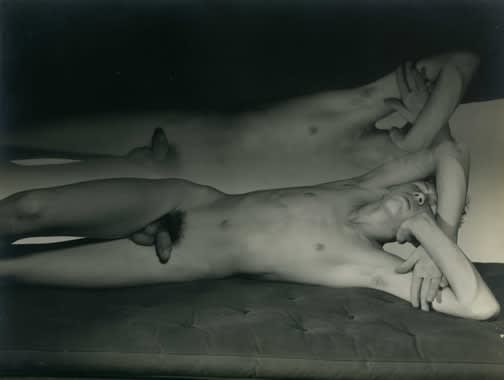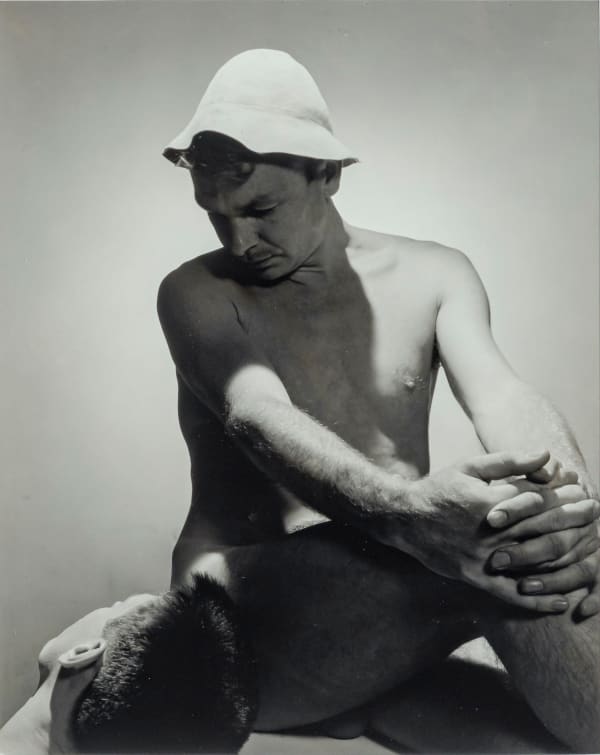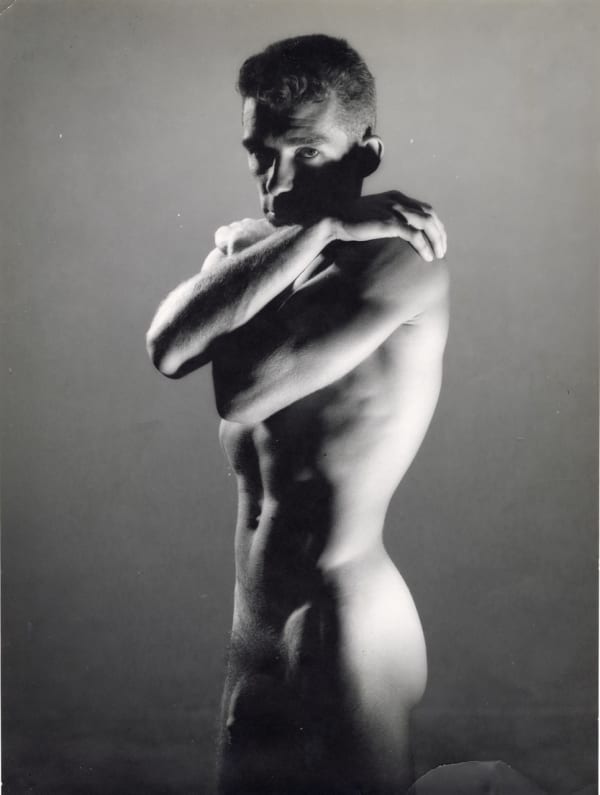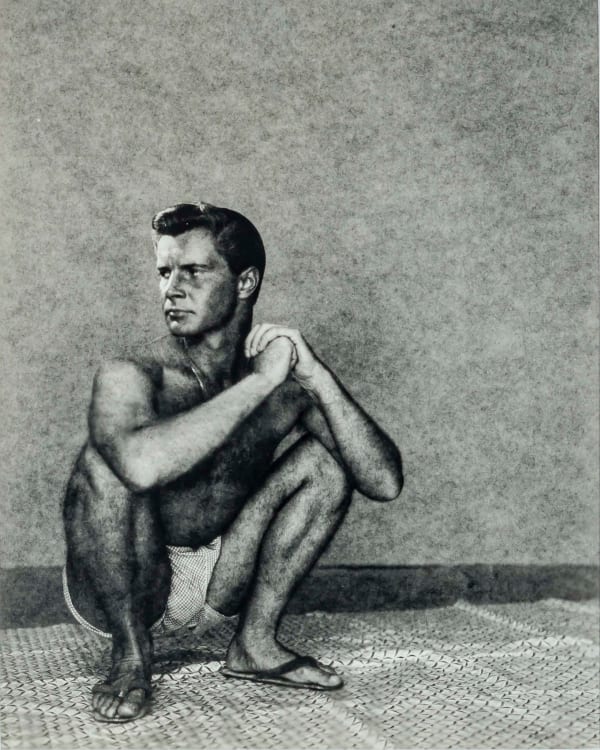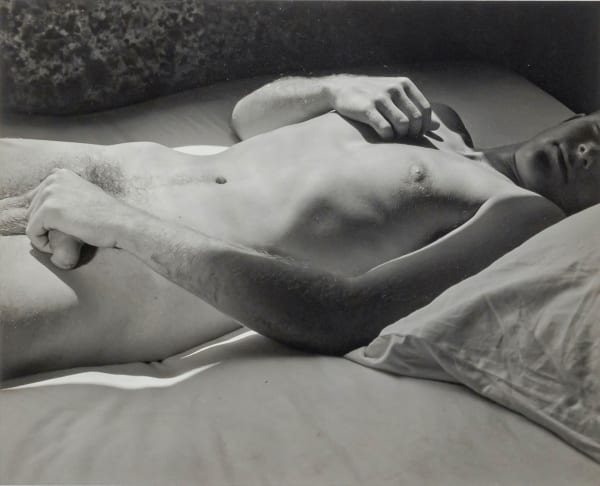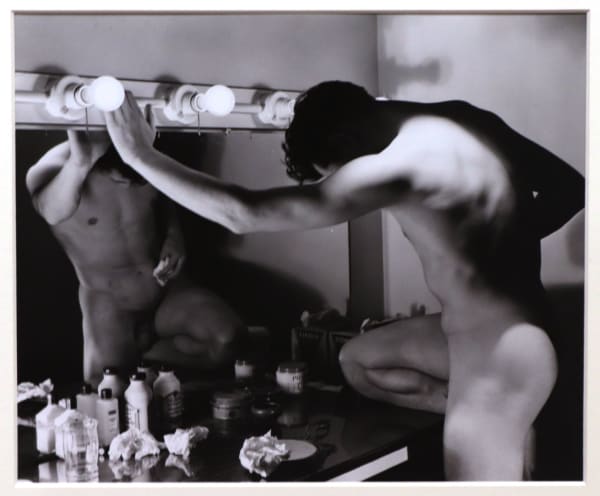George Platt Lynes
-
 Blanchard Kennedy, 1930s
Blanchard Kennedy, 1930s -
 Ernest Henry and Neel Bate, July 28, 1953
Ernest Henry and Neel Bate, July 28, 1953 -
 Ralph Pomeroy
Ralph Pomeroy -
 Geoffrey Harrison, c.1940
Geoffrey Harrison, c.1940 -
 Bradley Ball, c.1935
Bradley Ball, c.1935 -
 J.H. (Teddy) Chitwood, August 11, 1938
J.H. (Teddy) Chitwood, August 11, 1938 -
 Jared French with Paul Cadmus, November 10, 1937
Jared French with Paul Cadmus, November 10, 1937 -
 Untitled, 1935
Untitled, 1935 -
 Untitled
Untitled -
 Michel De Marco , 1954
Michel De Marco , 1954 -
 N. Mark Pagano, c. 1943
N. Mark Pagano, c. 1943 -
 Nicholas Magallanes, June 28, 1938
Nicholas Magallanes, June 28, 1938 -
 Richard Kromer, 1947
Richard Kromer, 1947 -
 Samuel Kooperberg, 1941
Samuel Kooperberg, 1941 -
 Tex Smutney and Buddy Stanley, 1941
Tex Smutney and Buddy Stanley, 1941 -
 William Miller, 1944
William Miller, 1944
Platt Lynes illuminated the faces of a community of queer intellectuals and artists in Paris and New York who defined culture in the first half of the 20th century.
A self-taught photographer, Platt Lynes developed experimental techniques nurtured by his Surrealist friends and associates. Using his affiliation with the Parisian avant-garde in the 1930s as a point of departure, he produced inventive stylistic portraits of nearly every writer, painter, and musician of importance, including Gertrude Stein, Jean Cocteau, and Christopher Isherwood, W.H. Auden, Lincoln Kirsten and the Ballet.
The artist’s long-time relationship with publisher Monroe Wheeler and his companion, writer Glenway Westcott, also proved instrumental for his work. On Fire Island, the threesome created the hub of an important movement that forged connections between American artists and writers: notables such as Kirk Douglas, Marsden Hartley, and Janet Flanner became part of this circle, where intimate relationships blurred the boundaries between life and the arts.
Lynes’ lifelong interest in the nude resulted in the production of a vast number of photographs, many of which were not publicly exhibited during his lifetime. The body of work later served as inspiration for such photographers as Robert Mapplethorpe, Bruce Weber, and Herb Ritts. The artist explored unusual poses, montage effects, and lighting techniques, using everyday objects as props in surprising ways, creating a unique and imaginative style. Until his death in 1955, he continued experimenting, maintaining his commitment to the photographic visualization of a
psychosexual landscape.
-

Corkin Gallery at Art Toronto 2025
Booth C50 23 - 26 Oct 2025A monumental Leopold Plotek canvas anchors the presentation, placed in dialogue with a Larry Poons painting — one of his earliest influences — photographic nudes exploring gender and sexual identity...Read more -

George Platt Lynes
The Intimate Circle 29 Apr - 9 Sep 2023Celebrating the legacy of American photographer George Platt Lynes, the male nudes, portraits, and ballet scenes featured in this exhibition highlight his memorable vision. Platt Lynes illuminated the faces of...Read more


